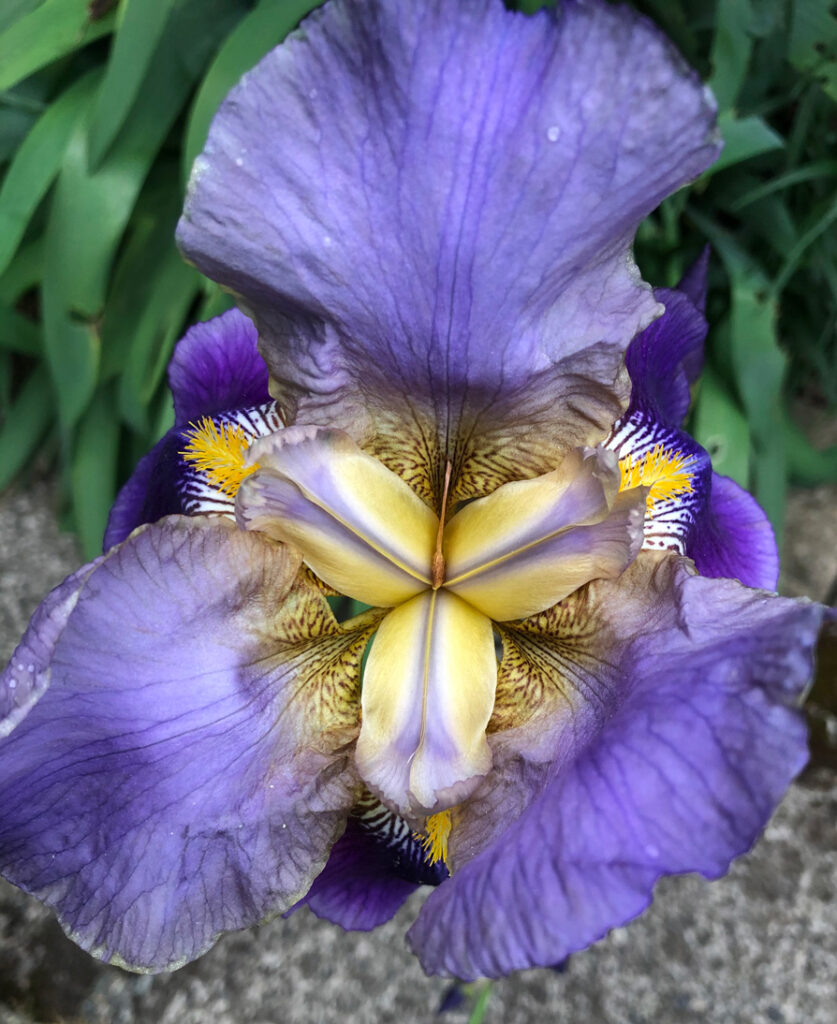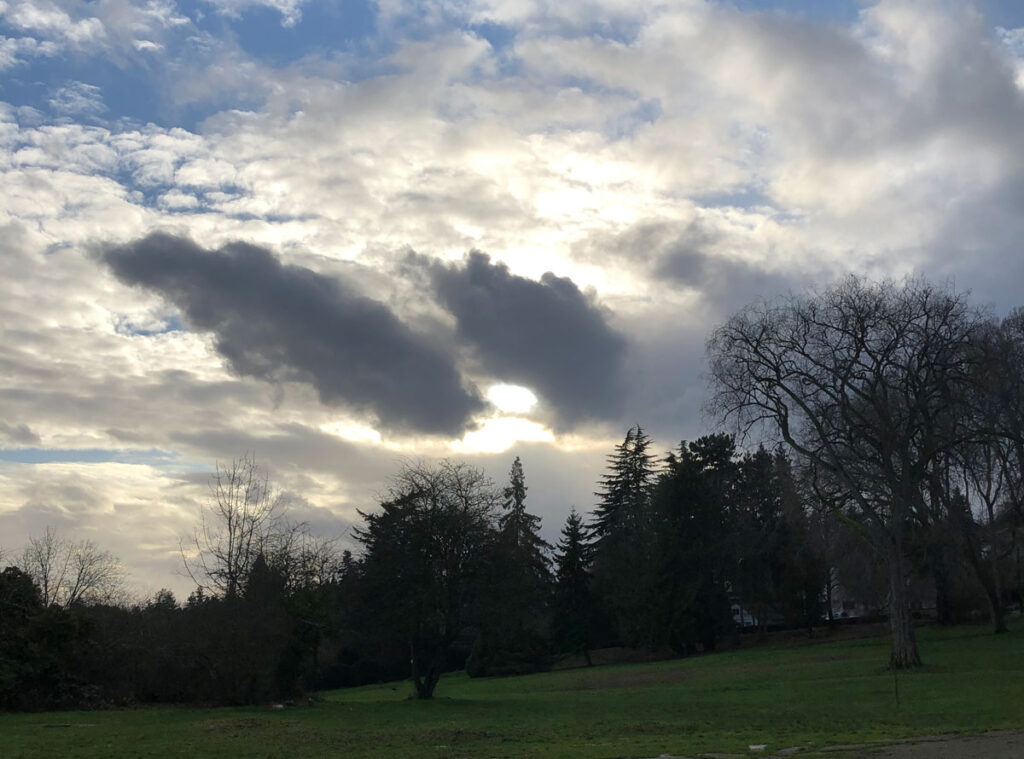When I got the news that my brother was dead, I was in my midwifery clinic. Another brother called to tell me and when I asked how, he responded, ‘suicide’. All the years we had watched him falter and fall. Tangles with the law, driving drunk, domestic violence, his exile from his wife through a restraining order. I always thought he would die behind the wheel, remembering a drive we took from Syracuse, NY to Philly to drop me at the airport, he making his way through a six-pack as he drove.
That day in the clinic, I left the exam room to take the call and I remember falling to the floor and weeping. My student found me there and called a colleague to come see the rest of the clients so I could go home. Somehow I managed to get on a flight from Seattle to meet my sister so we could visit his estranged widow and step-kids.
So much of that time was a blur; the sense of isolation, the disorientation, the lacerating grief. My beloved Dharma teacher called me after hearing the news to offer comfort and reassurance.
I joined a survivors of suicide support group. In the weeks and months after his death, that room was the only place where I felt normal. Suicide is unique in its’ wrongness. I could feel the recoil when I told people what had happened. I dreaded the question, “Were you close?” as if it would somehow be more ok if we had been distant from each other.
I was a runner in those days and I remember coming back from a morning run, opening the gate to my yard and falling down on the grass, sobbing into the earth to take away the pain.
I was compelled to go into retreat. I sought the silence and anonymity of retreat spaces. I sat with my teacher for a week, once staying in the hall after everyone else had gone to bed to lie on the floor and cry. My teacher encouraged me to follow my own schedule and spend time with the trees as we were in a deep rain forest. So I did, opening to the endless cycles of life and death found in wild places. New buds against broken branches, the smell of decay and rot mixed with the breath of the evergreen needles.
I went to India for a month with a Tibetan nun who shepherded a group of us from heritage site to heritage site where the Buddha was born, awoke and died. The chaos of diesel fumes, bicycles, rickshaws, cows, beggars, sadhus, and stray dogs was overwhelming. Visiting Bodhgaya, the place of the Buddha’s enlightenment gave us an opportunity to touch the trunk of the bodhi tree and watch monks doing thousands of prostrations.
It wasn’t until another woman on the retreat and I went to the burning ghats on the banks of the Ganges in Varanasi where I felt a loosening of the grief that had so consumed my life. We were rowed out on the dark water in the night and sat across from the tiers of burning bodies. Families brought litters with a body of a family member down a long flight of stairs where they briefly ‘bathed’ the body in the holy river. Wood was piled up, the body was lain on top and was lit, by the oldest son. Eventually, the ashes were shoveled into the river, ensuring a fortunate afterlife.
To witness a family literally care for their dead loved one in this way lifted the dark cloud that had descended the day my brother died. I had bought a marigold ring with a candle in the center. I lit the candle and floated the ring on the river, so sacred to millions of Hindus. I wished Geoffrey well on his journey, whatever that might mean. Thousands of miles away from my home in Seattle, I was able to let Geoffrey go.
When I write about it now, I see that the offer to engage with our most difficult experiences is, for me, one of the beautiful qualities found in the Buddhadharma. As traumatized, as hopeless, as lost as I felt during that year, the kindness and compassion of my practice sustained me and allowed me to enter into the heart of great suffering.



